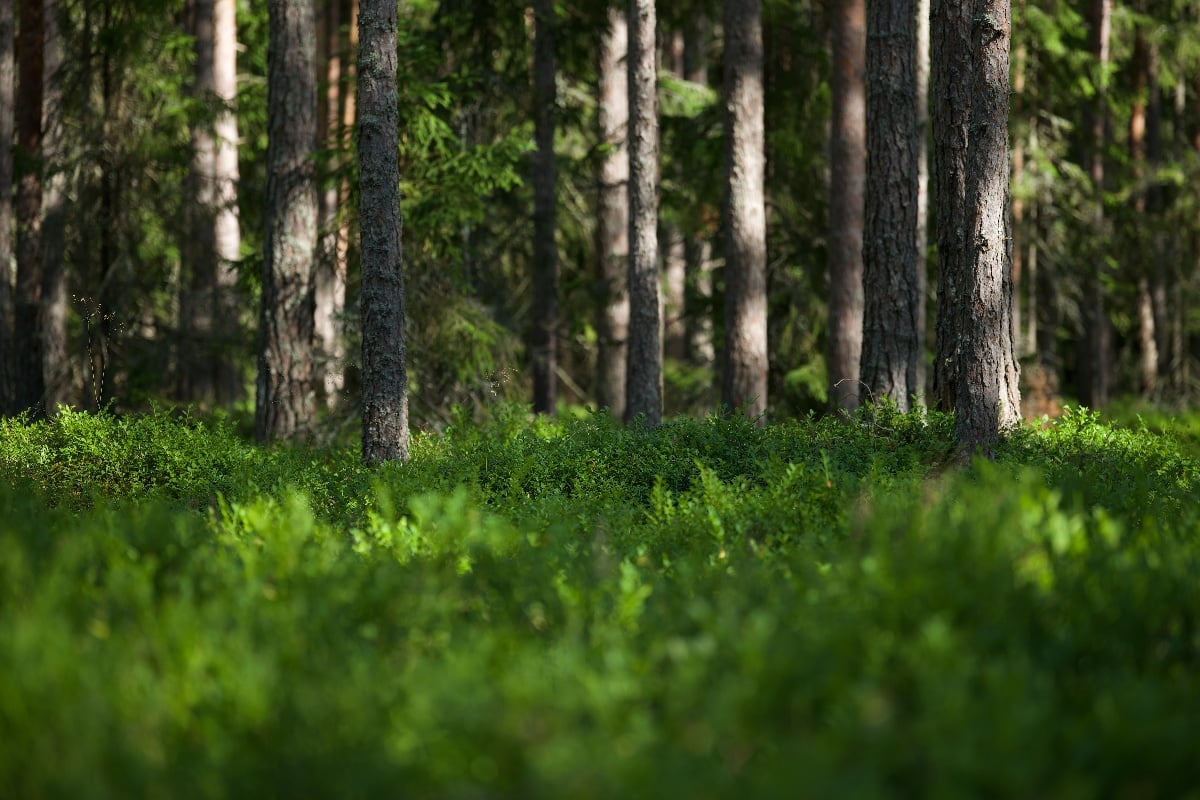Forest loss is one of the leading causes of species extinction, threatening delicate ecosystems and the species that depend on them. But there are solutions: strategic reforestation efforts are restoring habitats, rebuilding healthy forests, and helping to conserve the rich biodiversity that sustains life on Earth.

Reforestation refers to the planting of trees and the regeneration of areas where natural forests have been degraded or destroyed—whether by logging, agriculture, wildfires, or urbanisation. Unlike afforestation, which establishes forests where none existed before, reforestation projects aim to restore forest cover in previously wooded areas, with a special focus on ecological integrity.
These efforts go beyond simply putting trees in the ground. Successful reforestation efforts involve a deep understanding of tropical forests, dry forests, soil types, environmental conditions, local climate, and biodiversity. They focus on restoring ecosystems in a way that supports wildlife habitat, promotes carbon sequestration, and increases forest coverage over time.
Why biodiversity is vital
Biodiversity conservation is vital for sustaining life on Earth. It refers to the variety of life forms—from microbes and insects to birds and large mammals—and the ecosystems they form. Natural forests, especially intact forests, are home to an extraordinary range of species and provide irreplaceable ecosystem services.
High biodiversity enhances human health, supports food security, and fuels the discovery of new medicines. In fact, tropical forests are often called the 'lungs of the planet' due to their role in oxygen production and carbon emissions absorption. They are also hotspots for biodiversity conservation, housing the majority of the world’s known plant and animal species.
However, the continued destruction of forests leads to severe biodiversity loss, disrupting ecosystem functions and pushing species to the brink of extinction. Active reforestation is one of the most effective tools we have to reverse these trends and restore balance.
Would you like to plant a specific number of trees? Send a message to us now to get it done!
The positive impact of reforestation on biodiversity
Restoring hectares of forest through well-designed reforestation projects directly supports biodiversity conservation. Here's how:
- Rebuilding wildlife habitat for threatened and endemic species
- Enhancing the ecological complexity of healthy forests
- Providing natural corridors for species migration
- Reducing habitat fragmentation through increased forest coverage
Importantly, reforestation with mature trees and native species ensures that the restored forests function more like the original natural forests, offering shelter and food sources critical to maintaining balanced ecosystems.
Increased forest health also means stronger resistance to invasive species, pests, and disease outbreaks that threaten biodiversity. Through the guidance of a forest ecologist, reforestation can be strategically planned to maximise ecological outcomes.
Reforestation and environmental benefits
Forests are natural carbon sinks. Through carbon sequestration, they pull carbon emissions out of the atmosphere, helping slow climate change. Every year, global forests absorb an estimated three billion tonnes of CO₂, with intact forests playing the biggest role.
Increasing forest cover through reforestation efforts contributes to:
- Mitigating global warming
- Cleaning air and water
- Enhancing human health by reducing respiratory illness linked to pollution
- Providing critical carbon sequestration benefits for the long-term climate strategy
In the United States, national forests alone remove vast amounts of carbon emissions annually and serve as key strongholds for biodiversity and climate regulation. Forest restoration in public lands is often paired with community-driven initiatives, including local employment and education on tree planting and conservation practices.
Read more: Deforestation in the United States: causes, consequences, and cures
Forest management and reforestation
Effective forest management is essential to the long-term success of reforestation projects. This includes monitoring forest health, adapting to changing environmental conditions, and maintaining species diversity over time.
Poorly planned monocultures may increase forest cover, but they often fail to support wildlife habitat or meaningful carbon sequestration. In contrast, diverse and native tree planting efforts yield more resilient ecosystems.
Active reforestation includes techniques like:
- Strategic planting on private lands and grazing lands to reduce land degradation
- Creating buffer zones around protected areas
- Restoring forest edges to prevent erosion and habitat encroachment
By working with local stakeholders and trained forest ecologists, these practices help integrate conservation with agricultural productivity and economic development.
Global reforestation in action
Across the world, governments and communities are scaling up reforestation efforts:
- In the U.S., reforestation of national forests is supported by federal and state programs, nonprofit organisations, and corporate sponsors. Restoration of fire-damaged regions like California's Sierra Nevada involves ecologically guided tree planting of fire-resilient species.
- Africa's "Great Green Wall" initiative aims to restore 100 million hectares of forest across the Sahel, combating desertification and promoting biodiversity.
- Pakistan's government-led "10 Billion Tree Tsunami" is restoring vast areas of grazing lands and degraded forests while creating thousands of green jobs.
- Ireland's pledge to plant 440 million trees by 2040 is projected to significantly boost forest coverage and support biodiversity conservation.
These examples highlight how investing in forests is a global solution to interconnected challenges like biodiversity loss, climate change, and rural development.
Managing reforestation for maximum biodiversity gains
To ensure reforestation efforts deliver the highest value, management strategies must be tailored to local conditions. Key factors include:
- Selecting native species adapted to tropical forests or dry forests
- Consulting with a forest ecologist to evaluate soil and climate
- Preventing invasive species and ensuring natural regeneration alongside planting
Even on private lands, coordinated strategies can restore ecological connectivity and strengthen regional biodiversity. Combining tree planting with agroforestry and sustainable land use offers long-term benefits for both nature and communities.
Whether on public lands or grazing lands, building biodiversity into every stage of planning ensures reforestation projects truly serve people and the planet.
A future full of forests
Our forests are more than carbon stores—they are lifelines. Through biodiversity conservation, sustainable forestry, and the protection of intact forests, we can create a future where forest coverage supports both nature and people.
Reforestation projects, like those of DGB Group, often do more than just sequester carbon. They restore ecosystems, enhance biodiversity, and create vital habitats for wildlife while offering many community benefits such as training and education, job opportunities, and economic opportunities through the provision of fruit-yielding trees. This makes DGB’s reforestation projects more impactful than projects solely focused on carbon sequestration.
When organisations invest in DGB’s reforestation projects, they support the restoration of nature while mitigating the impacts of carbon emissions. More than a climate solution, these projects embody DGB’s belief that nature and people thrive best together. We approach reforestation through the lens of ecosystem health and long-term resilience, ensuring our projects deliver meaningful benefits to biodiversity, local communities, and the planet at large.
By partnering with DGB, companies become part of a global movement focused on regenerating natural ecosystems through measurable, science-backed restoration. Together, we are rebuilding healthy forests, protecting wildlife, and delivering real impact—tree by tree, hectare by hectare.
Make a lasting impact—plant a tree, support reforestation, and be part of the solution.



